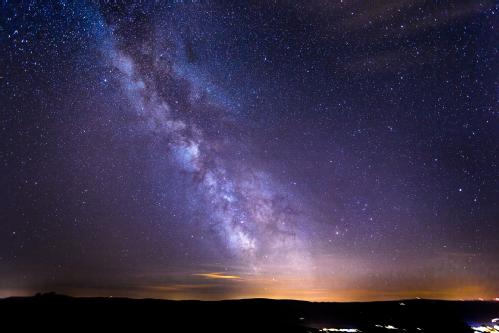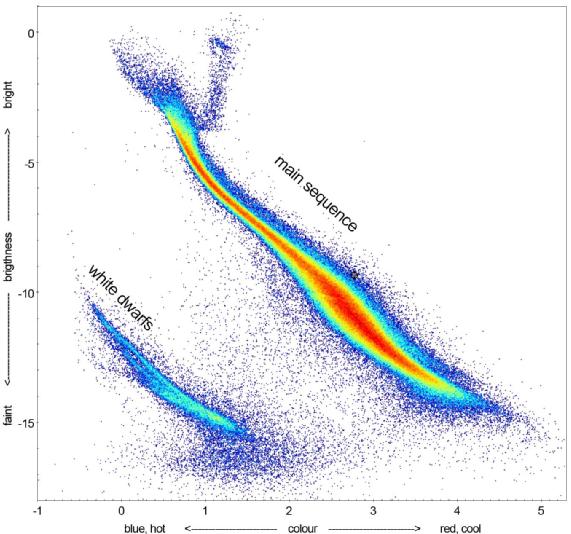Professor Boris Gaensicke, Leverhulme Trust Research Fellowship
Mapping the Shores of the Solar Neighbourhood
The solar neighbourhood is still an unexplored frontier, due to difficulties in disentangling nearby stars from distant background objects. Professor Boris Gaensicke from the Department of Physics aims to carry out the first census of all stars near the Sun.
The Sun and its planets live in a small patch of the Milky Way known as the solar neighbourhood, stretching out just a few percent of the distance to the Galactic centre. It is precisely at our doorstep that we find the brightest and closest examples of all kinds of stars and planets.
Such celestial bodies hold enormous scientific potential to develop our understanding of the birth, life, and death of stellar and planetary systems.
Disentangling nearby stars from background objects
The solar neighbourhood has remained one of the last unexplored frontiers of astronomy. This is primarily due to the difficulty in disentangling nearby stars from more distant background objects, and the lack of facilities able to obtain detailed observations of a sample of stars which are sparsely scattered across the sky.

Our solar neighbourhood is one of astronomy's last unexplored frontiers

Stars on the main sequence resemble brighter or fainter versions of our Sun, whereas white dwarfs are the burnt-out cores left behind by main-sequence stars that reached the end of their lives
New instruments both in space and on the ground now enable us to overcome these historic limitations. The Gaia satellite mission of the European Space Agency is, for the first time, accurately mapping the positions and distances of over one billion stars.
He has used the Gaia results to identify 350,000 stellar systems within 325 light years of the Sun.
Within his project, Professor Gaensicke will begin the next, more challenging step: measuring the masses, temperatures, chemical abundances, and ages of these stars.
He will obtain the data with new spectrographs capable to observe hundreds to thousands of stars at once.
These instruments are mounted on telescopes on mountain tops in Chile, New Mexico, Arizona and La Palma, giving access to the northern and southern skies.
Once completed, this study will represent a complete census of the stars within the solar neighbourhood: This will include recently born stars, stars that died billions of years ago, stars that live in solitude, stars which give rise to planetary systems, and stars born in binaries, some of which undergo cataclysmic interactions. Ultimately, it will shape our view of how both the sun and earth fit within the universe's rich tapestry.
